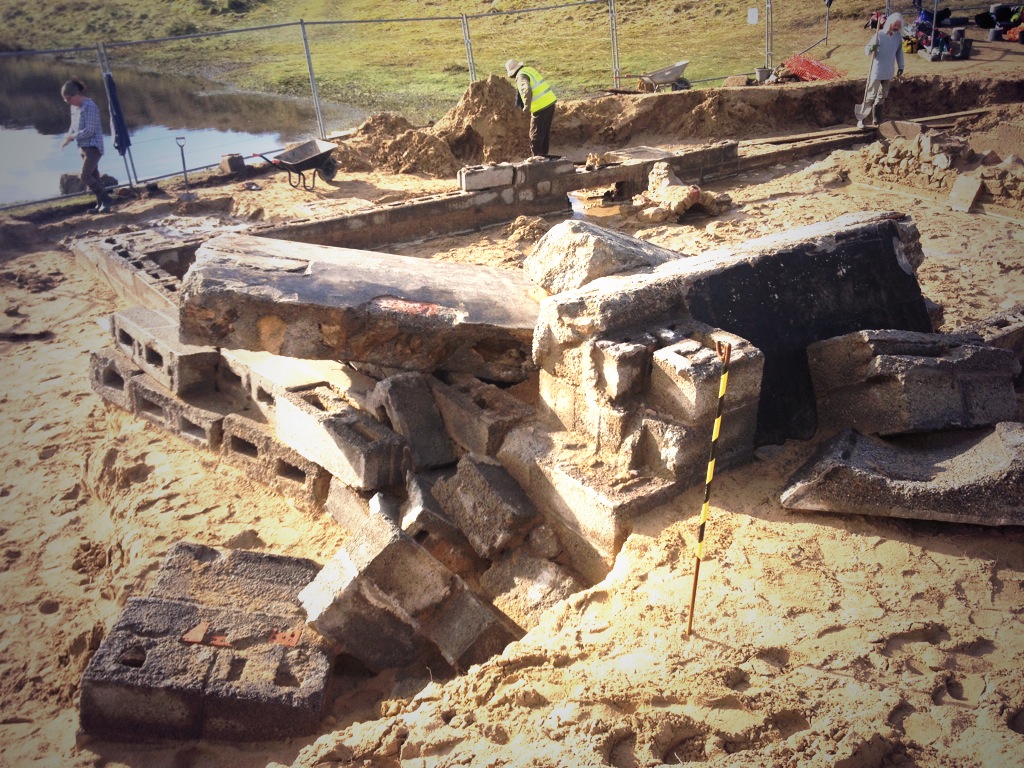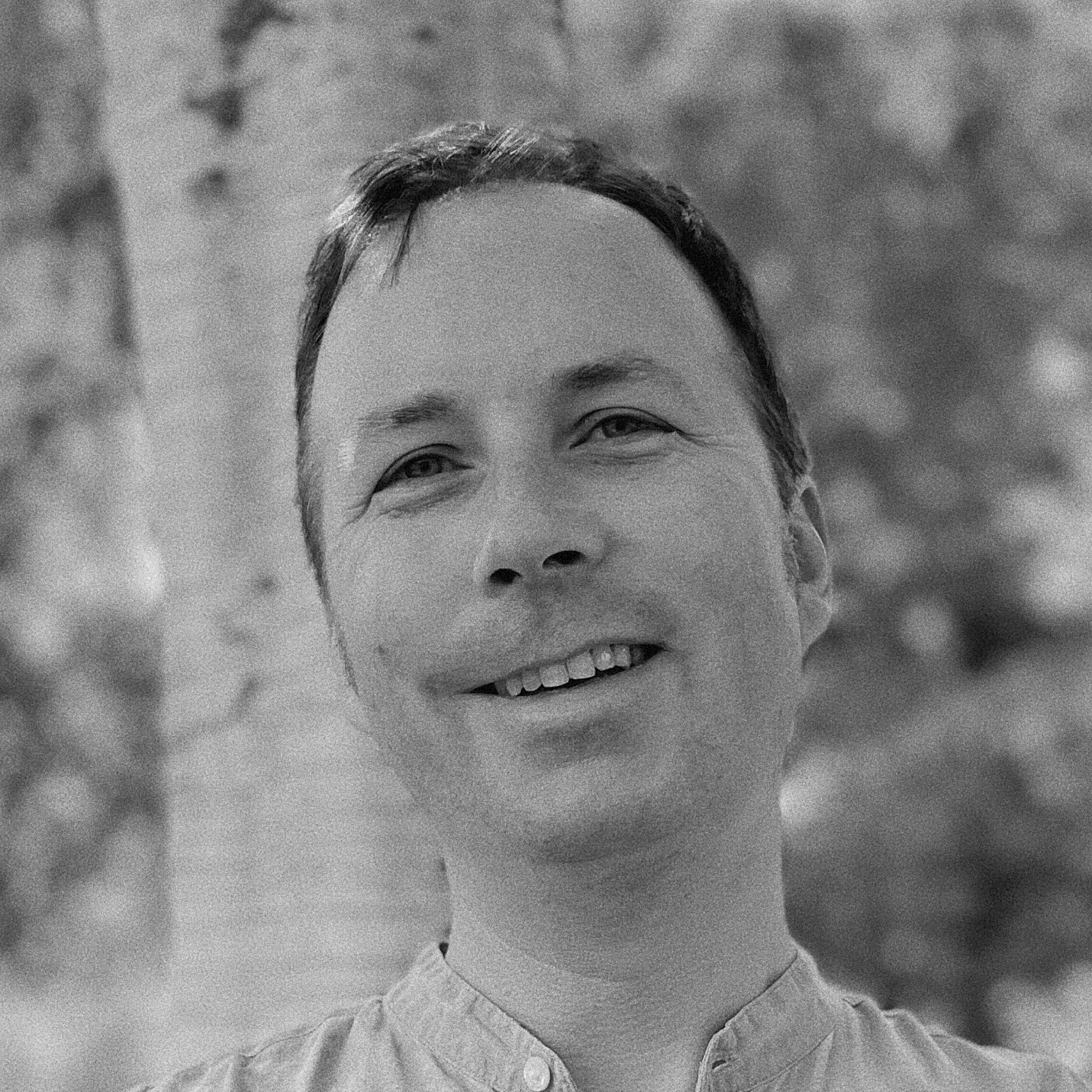For the last couple of weeks, and on St Piran’s Day itself, I have been helping out with the Uncovering St Piran’s Oratory project. Organised by St Piran Trust and run by Cornwall Council Historic Environment Service the project aims to uncover as much of the (potentially) early medieval structure to assess and record its condition.
Following a 15-year-campaign, the St Piran Trust plans to unearth and conserve St Piran’s Oratory, believed to be amongst the oldest Christian buildings on mainland Britain. The site has been of central importance to Cornish people for over 1,400 years as a place of worship and pilgrimage, and as a focus for cultural expression. Today, many hundreds of people gather at the site annually to mark St Piran’s Day. The saint’s flag (which features in a stained-glass window installed in Westminster Abbey in 1888) – a white cross on a black field, is flown the length and breadth of Cornwall.
The scheduled ancient monument is a listed building and was buried in 1980, for “its own protection”. Since then expert opinion has shifted, amid calls for it to be uncovered and conserved in a more sympathetic way.
The Oratory and associated protective concrete structure from 1910 are protected as a Scheduled Ancient Monument. Unfortunately in 1980 as part of the burial programme, the concrete roof was removed – or so we thought. During this year’s excavation we found that part of the roof structure, badly damaged and sitting at an angle, had been left where it fell and simply buried. It has been decided that the pile of broken concrete needs to be removed to safely continue with the project.

I have been commissioned to record concrete remains in-situ using photogrammetry to complement more traditional recording. I undertook the photography aspect of photogrammetric recording on St Piran’s Day (5th March 2014) and am now processing the point clouds. This will result in a highly detailed model of the concrete remains, which include a buttress, part of the reinforced concrete curved roof, and the hollow mundic blocks used to construct the walls.
From a technical point of view it is proving to be a challenge. There is no uniformity to the concrete remains – it is full of overhangs, pockets and voids. The photographic capture strategy was tough to work out, and 16GB of RAW images were taken after careful cleaning of the concrete by trowel, hand shovel, bucket and brush. I have covered as many angles as was safe and practical to do so.
I will be delivering the point cloud and a series of orthographic views to the client.
Once the concrete has been removed, it is hoped to expose more of the Oratory, and I will be able to record the medieval structure in the same manner.
In the meantime, I have the opportunity to get out in the open air and dig, which I love.
The are plenty of photos on the open Facebook group Uncovering St Piran’s Oratory. You can also see a 3D model of the excavation as it stood on St Piran’s Day 2014.

Comments
2 responses to “Recording St Piran’s Oratory”
Really concise and very interesting Tom.
Looking forward to seeing the rest of your project Tom.